In my creative writing class in high school, we were given a fun assignment: invent three words, provide a definition, and write a story around them. Of the words I invented, salibran was my favorite. It meant an enjoyable state of confusion. At the time, I thought the word’s meaning would never come to fruition in everyday life.
But this past weekend, when I opened my first Hungarian wine at home, I genuinely experienced salibran. Here I was, looking at a bottle of Csendes Dülö Szölöbirtok Hárslevelü from Badacsony, Hungry.
Not knowing my Szölöbirtok from my Hárslevelü, I twisted the cap and poured a glass with delightful bewilderment. Such is the fun of being an adventurous wine drinker.
Let’s give Hárslevelü a closer look.
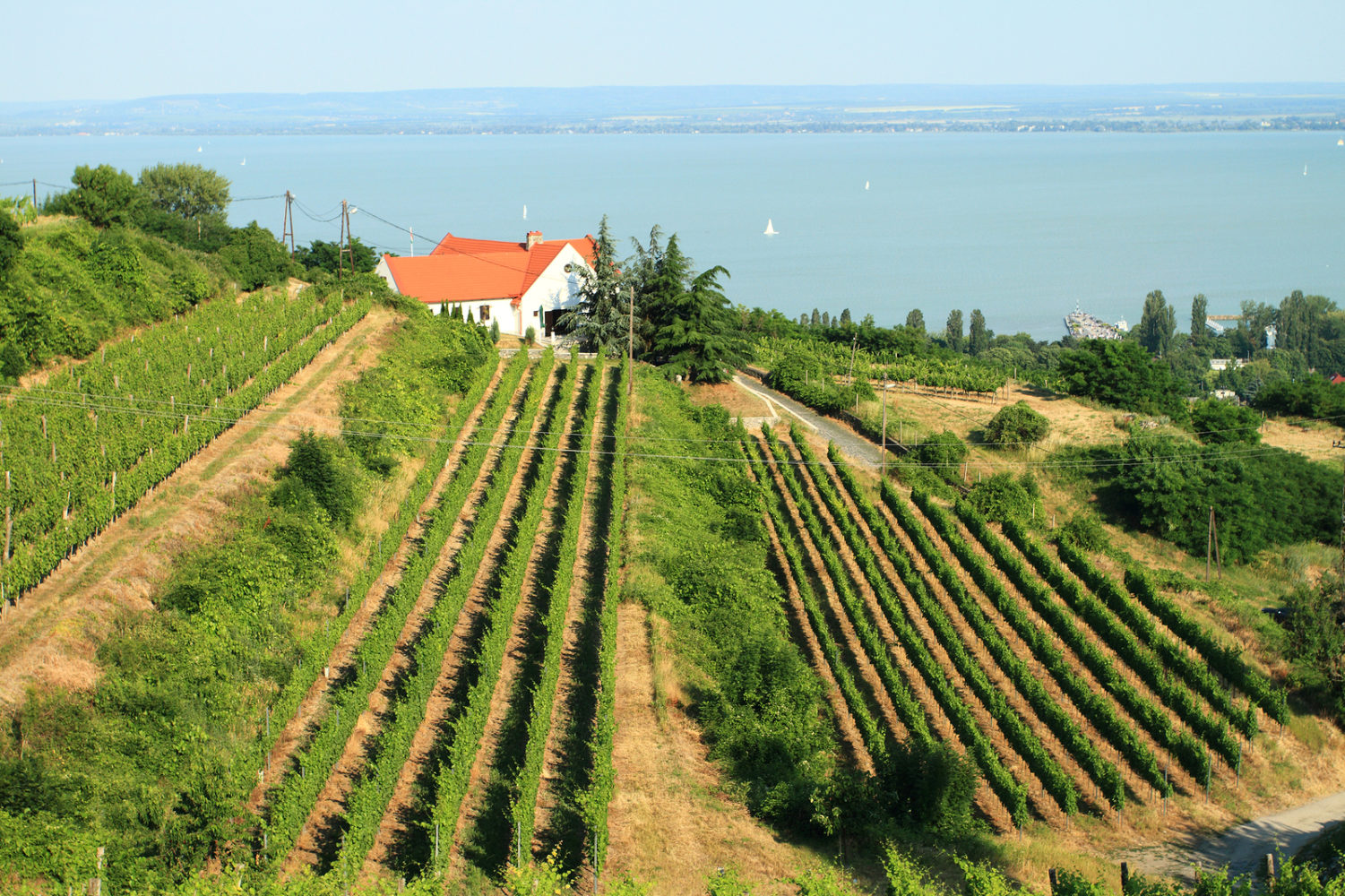
3 Reasons to Try Hárslevelü
- You are vegetarian – The acidity and springtime freshness within Hárslevelü makes it an ideal pairing with all sorts of vegetable-focused dishes.
- You love Grüner Veltliner – While Hárslevelü is unrelated to Grüner Veltliner, it has a similar profile defined by lime, white flowers and peppery spice.
- You are a hipster – Or a contrarian. Admit it: it’s fun to discover a wine few have heard of. Be on the lookout for Hárslevelü: given its inherent goodness, Hungarian obscurity and relatively new application as a stand-alone varietal wine, it could possibly be the next “it” grape in America.
About the Grape
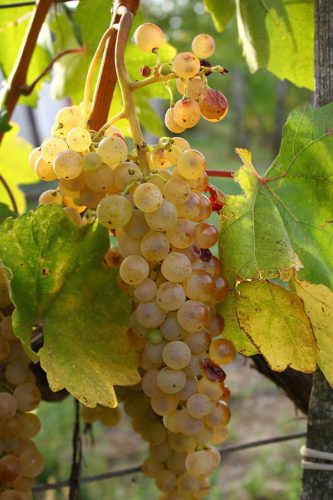
Let’s start with how to pronounce this grape. It’s HARSH-lev-UH-loo.
The name refers to the linden tree, which the vine’s leaves closely resemble. The thin-skinned grapes grow in long, loose, cylindrical clusters.
As a dry varietal wine, Hárslevelü is typified by high acidity, a full body and floral and spicy aromatics. The acidity can be overbearing if its not cultivated or vinified properly. However, given the wine’s relative obscurity, one can assume that the handful of Hárslevelü wines imported into America have passed muster. (Otherwise, they wouldn’t be imported, right? There just isn’t a great deal of demand … yet).
Wine historians believe that Hárslevelü originates from the Carpathian Basin of Eastern Europe. Principally grown in Hungary’s Tokaji and Badacsony regions as well as Slovakia’s Tokaj, the grape has been historically obscured by communism — which stifled its development as a varietal wine. It has also been overshadowed by the world-famous sweet wine Tokaji Aszu (better known as Tokay). For many years, international markets seemed to have only room for one funny-spelling Hungarian wine, and Tokaji Aszu was it.
In fact, Hárslevelü is a supporting cast member in Tokaji Aszu. It is allowed to develop noble rot before it is blended with Fermint (which has also developed botrytis) to create an elegant, sweet dessert wine.
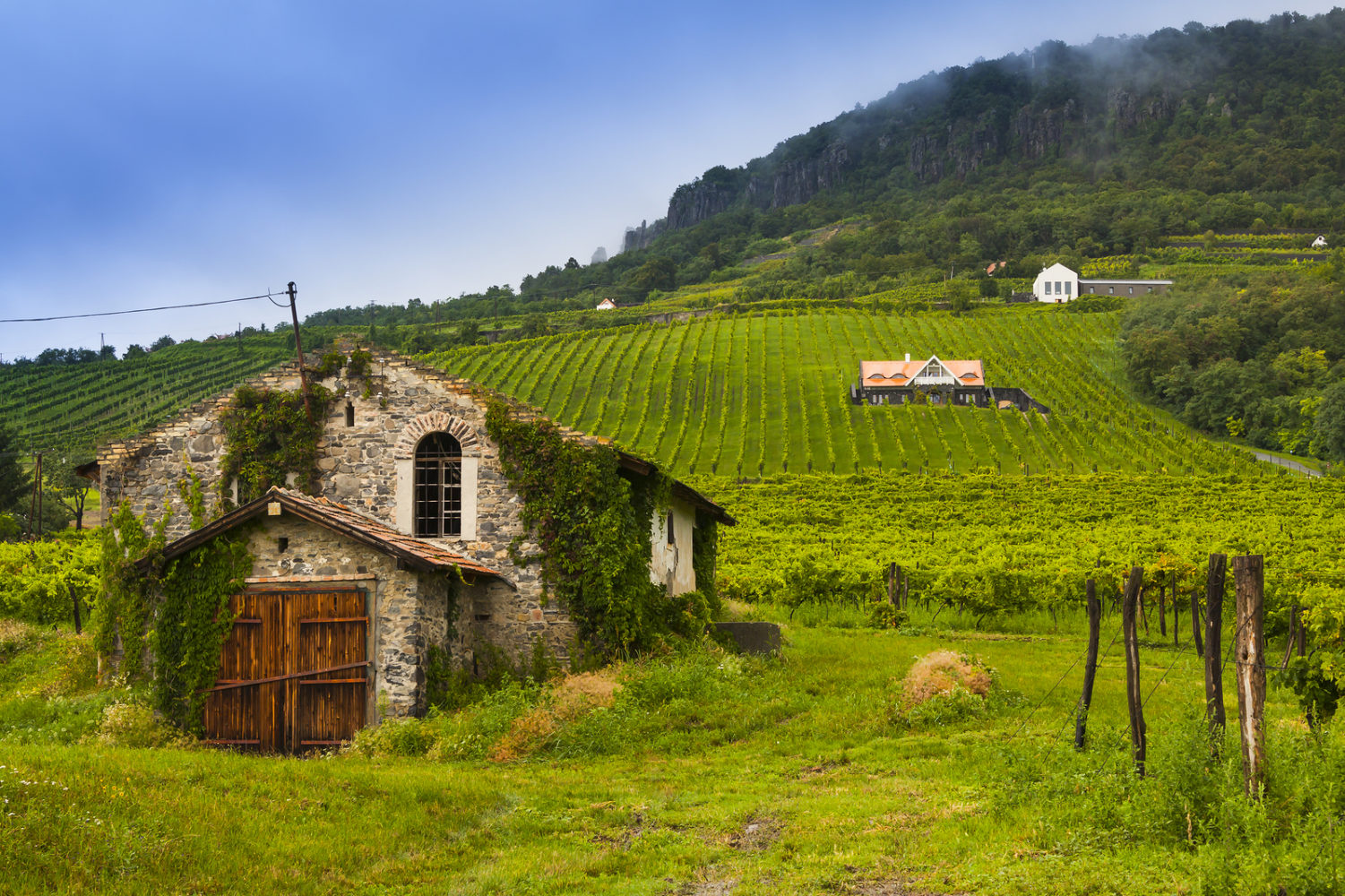
It wasn’t until fairly recently that Hárslevelü became widely cultivated for varietal winemaking.
On its own, Hárslevelü produces a lightly colored, densely packed white wine with layers of spicy and floral characteristics. And while only a few winemakers of Hárslevelü are currently imported in the United States, one can speculate that this wine is ripe to become popular with the esoteric somm crowd. (Again, its pronounced HARSH-lev-UH-loo).
My First Taste of Hárslevelü
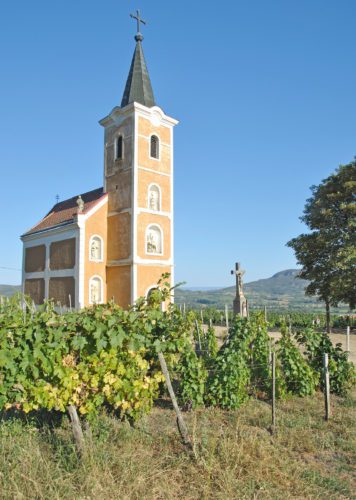
Not knowing what to expect at all, I reached for it Friday night when we made a carrot-ginger soup with orange zest for dinner. It seemed like the kind of dish that required a crisp, aromatic and acidic white wine, and in Csendes Dülö’s version, I found exactly that.
The first aromas I picked up reminded me of Grüner Veltliner: lime zest, green apple and a peppery finish. But there was a slight trace of pineapple that grew stronger with each glass — one of those wine’s that gets more inviting as you go.
So, should you hunt down a Hárslevelü? I’d say yes, but until it becomes more available, there is no need to hurt yourself. It’s incredibly refreshing and food-friendly, and it holds up well on a second day if you recork it. Then again, the same can be said for Grüner Veltliner, which is currently easier to find.
But sometimes you’ve just got to stamp your imaginary wine passport with a new country. And since quality Tokaji Aszu runs $50 or more for a 500mL bottle — and many of us aren’t frequently popping open a dessert wine — Hárslevelü might be the right wine to check Hungary off your list.
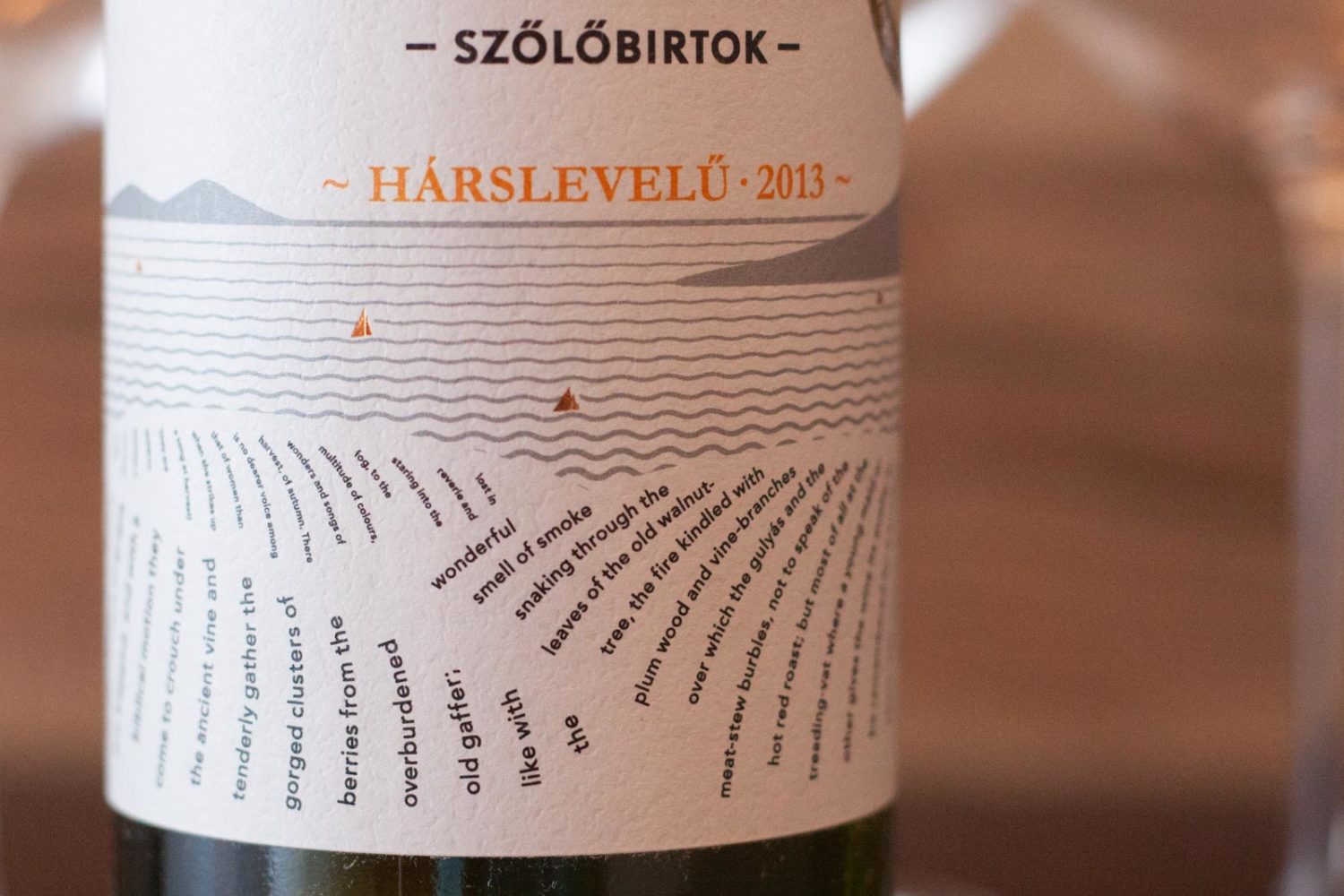
2013 Csendes Dülö Szölöbirtok Hárslevelü
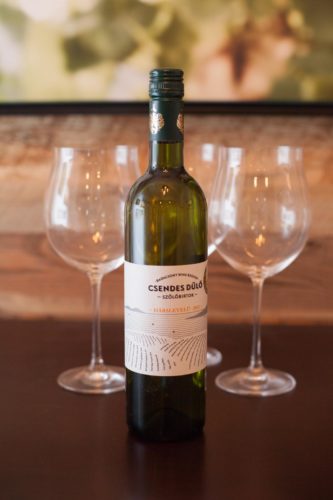 Badacsony, Hungary
Badacsony, Hungary
Grapes: Hárslevelü (100%)
Alcohol: 12.5%
Ratings: ★★★★ 1/2 (out of five)
• Aromas, Flavor & Structure: ★★★★ 1/4
Food-friendliness: ★★★★ 3/4
Value: ★★★★ 1/2
Tasting notes: Pale yellow-green color. Lovely and inviting nose that recalls lime zest as well as green apple, underripe pineapple rind and a general springtime scent of freshness and floral aromatics. Comes across as a bit spicy and peppery on the palate, giving the wine a distinct edge. Roaring acidity that makes it exceptionally food-friendly. Tingling sensation on the finish.
Recommended for: I served this wine with a carrot-orange-ginger soup and it worked perfectly. I would imagine that its high acidity and crisp freshness would lend it nicely to many vegetarian dishes.
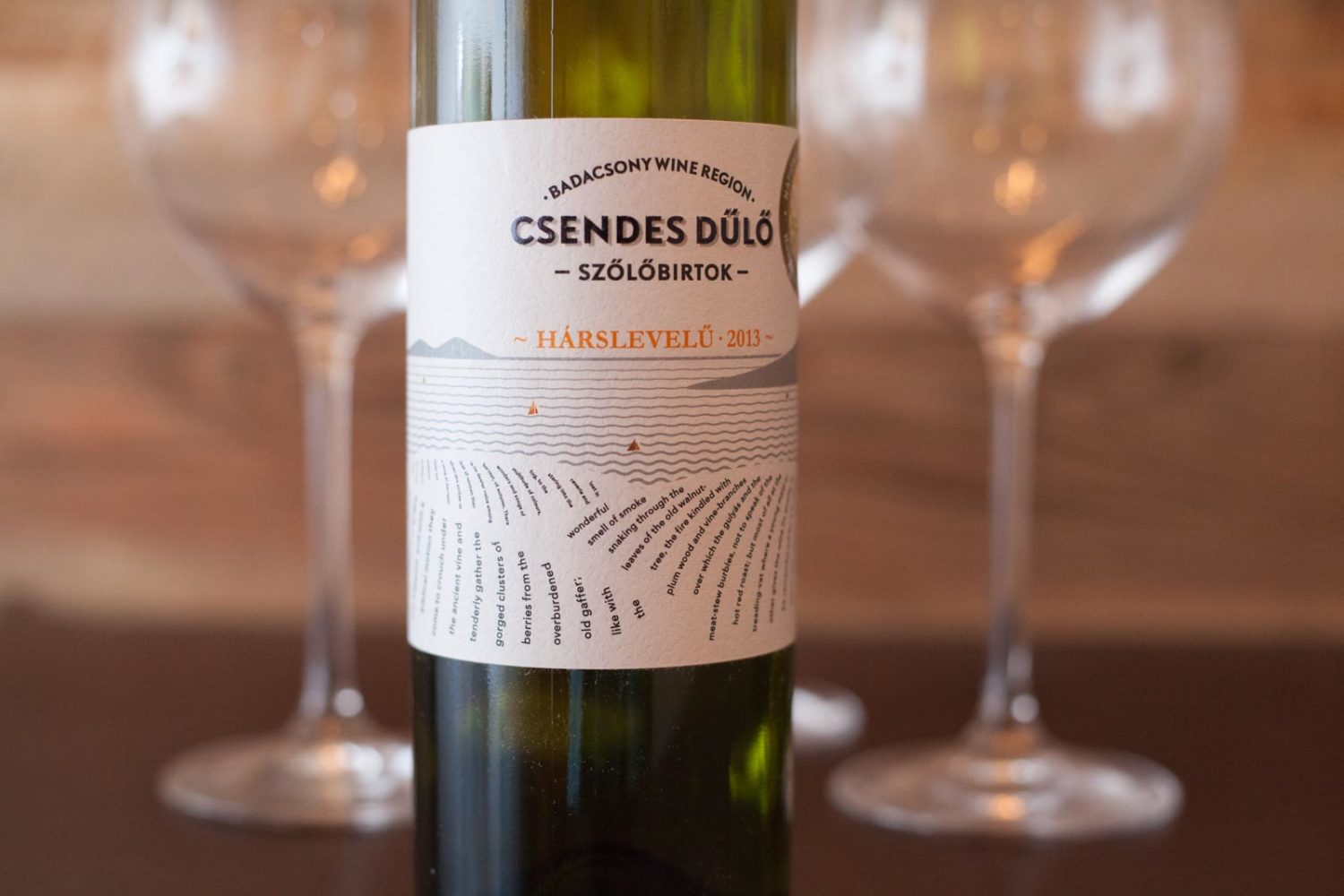
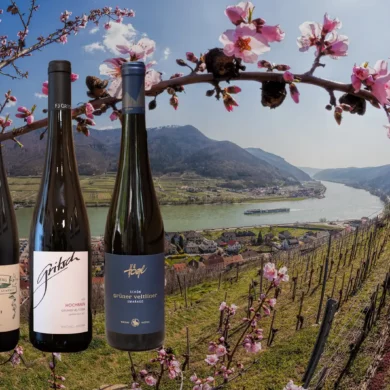
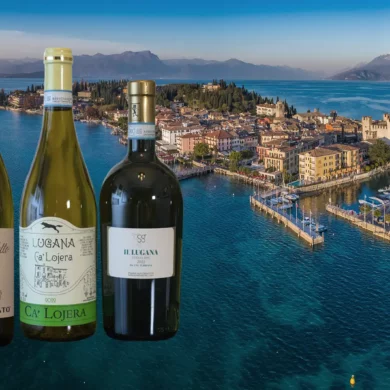
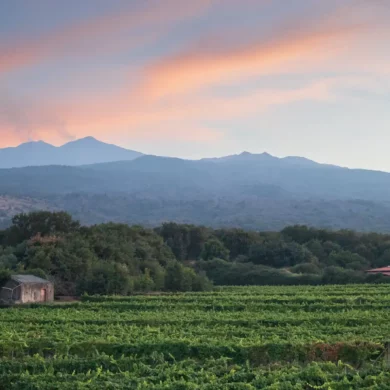
Badacsony is the name of a wine region, a town and a hill.
Much like Napa is the name a city, county and an American Viticultural Area.
Thus saying “a church in Napa” is ambiguous. As is saying “a church in Badacsony”.
So, to the details: the photo of the church is actually on the Szent György-hegy (St. George hill), in the village of Hegymagas outer land property area, in the Badacsony wine region.
I know, because I actually live in Hegymagas. 🙂
Hope this helps.
Thank you for refining that for me. My budget for images is limited so I use a rather large — but cheap — stock photo library to fill in the gaps. Their captions are impossibly vague (I’m lucky it didn’t just say “Church in Europe”). I’ll make the edit. Cheers. Hope you liked the rest of the article.